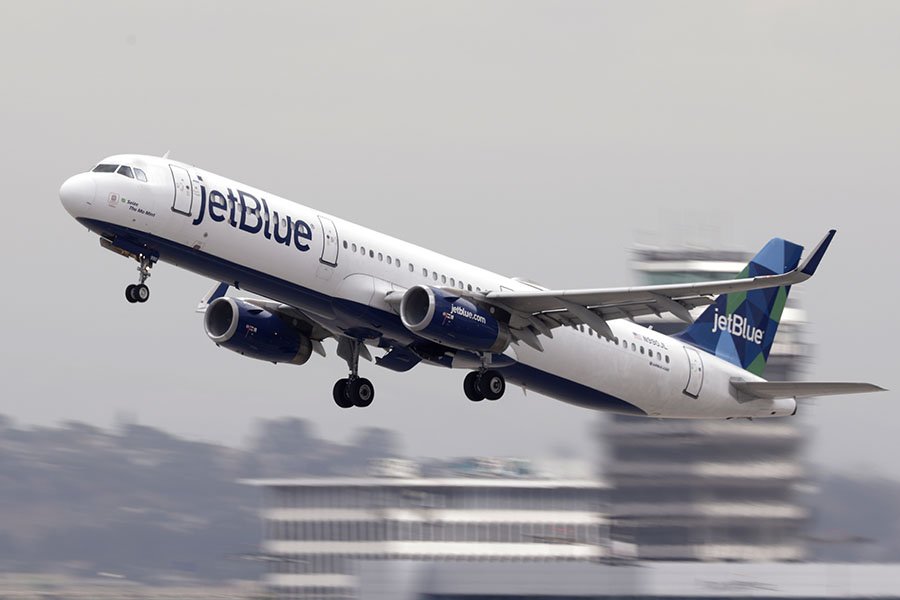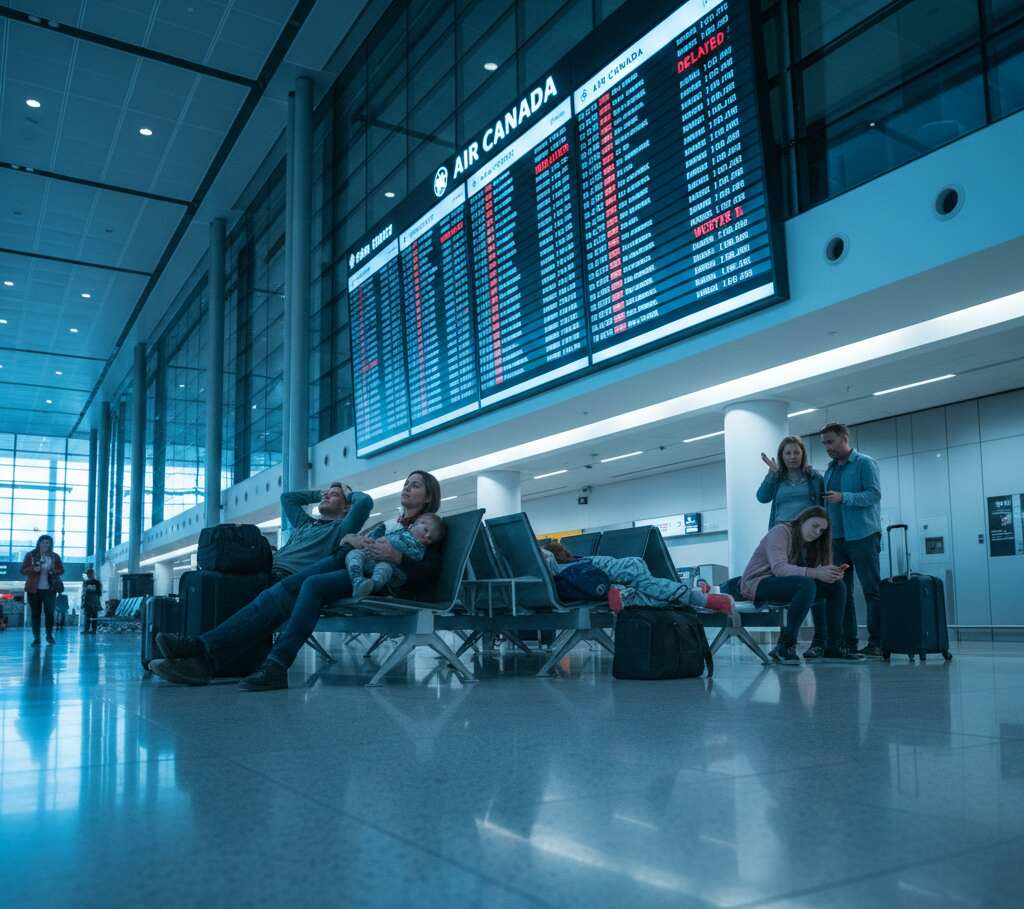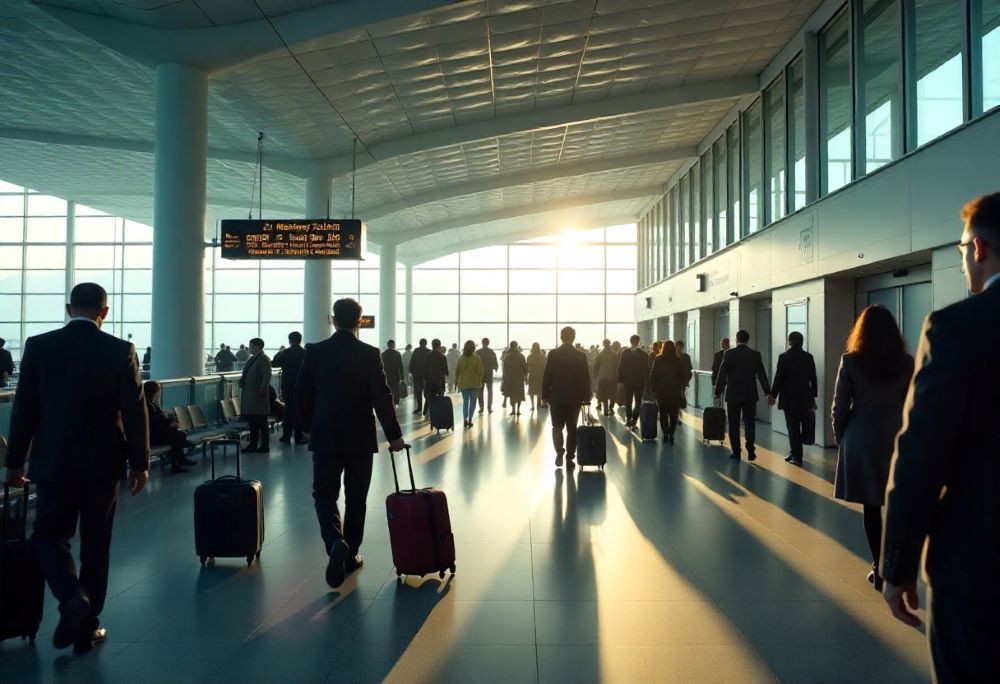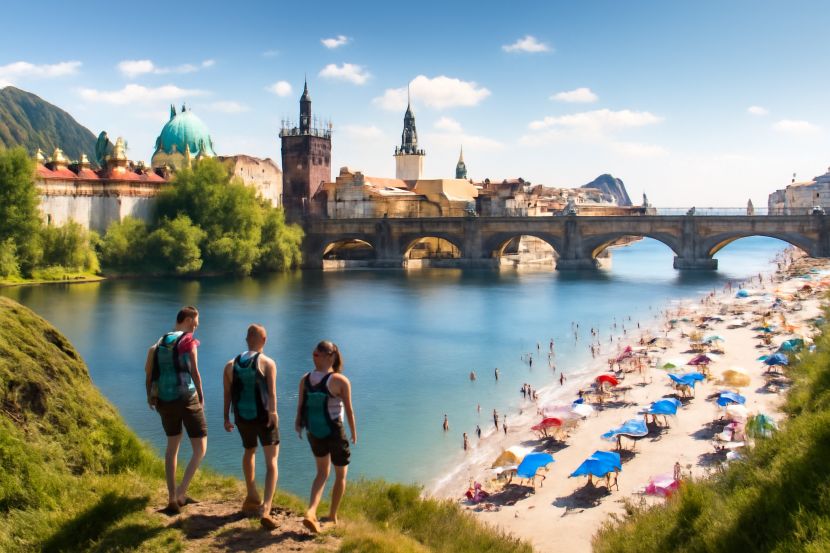читайте также
 Airbus recalls more than 6,000 A320 aircraft: causes and consequences for the aviation market
Airbus recalls more than 6,000 A320 aircraft: causes and consequences for the aviation market
 Canada’s Air Travel Meltdown: 75 Cancellations, 864 Delays and Thousands Stranded Across Toronto, Montreal, Vancouver and Beyond
Canada’s Air Travel Meltdown: 75 Cancellations, 864 Delays and Thousands Stranded Across Toronto, Montreal, Vancouver and Beyond
 Branded and Independent Hotels: Key Decisions, Risks and Opportunities for Investors in 2025
Branded and Independent Hotels: Key Decisions, Risks and Opportunities for Investors in 2025
 Travel Turmoil Hits Asia: 77 Cancellations and 611 Delays Leave Thousands Stranded as Shanghai, Shenzhen, Malaysia, Tibet, Taiwan
Travel Turmoil Hits Asia: 77 Cancellations and 611 Delays Leave Thousands Stranded as Shanghai, Shenzhen, Malaysia, Tibet, Taiwan
 Europe’s 2025 Tourism Rebound: How the Continent Stays Strong Amid Rising Costs and Changing Travel Trends
Europe’s 2025 Tourism Rebound: How the Continent Stays Strong Amid Rising Costs and Changing Travel Trends
 How the EU Real Estate Market Has Changed in 14 Years: Housing Prices, Costs, and Investments
How the EU Real Estate Market Has Changed in 14 Years: Housing Prices, Costs, and Investments
France on the Brink of a “Transport Standstill”: How the 2024–2025 Disruption Chain Hit Travel and What’s Changing Now

France is the land of high-speed TGVs, a dense web of regional trains, busy motorways, and some of Europe’s largest airports. But from January 2024 to October 2025, the system faltered several times: heavy snowfalls, floods, technical incidents, accidents, and large-scale strikes. Below is a factual overview of the key events, their impact on travelers, and the takeaways for the industry.
Key incidents: from weather shocks to human factors
— Snowstorm in Northern France (15 January 2024). Up to 15 cm of snow in Normandy and several departments, around 4 cm in Paris. Flight delays, SNCF disruptions, traffic jams and accidents on major roads. A textbook case of how weather can instantly “split” a complex transport matrix.
— Floods and storms (2024). In northern and eastern regions, more than 1,300 homes were damaged; motorway sections closed; train cancellations and delays due to flooded tracks. At least one fatality recorded.
— English Channel tragedy (15 September 2024). Near Ambleteuse, a migrant boat capsized: eight people died. Not a tourism story per se, but a safety issue within the Channel corridor as part of the region’s wider transport system.
— Sabotage on high-speed lines (26 July 2024). Arson attacks on LGV sections (Atlantique, Est, Nord, Sud-Est) days before the Paris 2024 Olympics opening. Operations disrupted, up to 800,000 passengers affected, including Olympic arrivals.
— Black ice and road accidents (January 2025). Hazardous conditions in Bas-Rhin and Aisne led to crashes and three fatalities; dozens injured. A systemic push for stronger winter road maintenance followed.
— Strasbourg tram collision (11 January 2025). A reversal down a slope into a stationary tram near the main station: 68 injured, no fatalities. The city temporarily halted the network and audited safety procedures and training.
— Nationwide transport strikes (18 September 2025). Trains, buses and metro were paralyzed across several metro areas; airport delays due to solidarity actions by staff.
— Air-traffic controllers’ strike, SNCTA (7–10 October 2025). 600+ cancellations per day, ripple delays across European airspace; peak pressure at CDG and Orly.
Why this disruption cycle felt especially painful
First, the bottleneck effect. Even a short outage of one link (e.g., LGV before the Olympics) stretches total travel times and throws off connections for a full day or more.
Second, information lag. During weather or operational events, status updates for flights/trains can lag behind, while passengers mass-reroute, overloading backup channels (coaches, car-hire, regional lines).
Third, factor stacking. Weather windows, peak tourist season, major events and industrial action overlapped in time, amplifying the final impact.
How authorities and operators are responding
— Tighter safety and prevention rules: unscheduled checks on tram networks, audits of lithium-ion risks on trains/aircraft, stronger perimeters around critical rail infrastructure.
— Resilience investments: drainage on vulnerable track sections, backup power at key nodes, “side-route” operating scenarios when main corridors close.
— Better passenger comms: unified alerts, app push notifications, consolidated status dashboards (train/flight/road) and one-click refund/rebooking flows.
— Union dialogue: attempts to shift “high-impact” actions to lower-traffic periods to reduce social costs (not always successful, as October 2025 showed).
How to travel in France amid elevated risk
— Build a buffer. For train→flight connections allow 3–4 hours; for domestic train→train at least 60–90 minutes.
— Keep a Plan B. Pre-save alternatives: another airport (ORY/CDG, LYS, NCE), a backup train (InOui/TER/OUIGO) or an overnight coach.
— Watch service channels. SNCF, RATP, Aéroports de Paris and airline apps outrun the newsfeed.
— Delay/cancellation insurance. Policies that pay for disruptions can cover hotels and new tickets—especially during strikes or storms.
— Travel light for flexibility. Standby moves and same-day rebookings are much easier with hand luggage only.
Safety vs. reliability: know the difference
Much of the story is about service reliability, not travel safety. “Precautionary” diversions, stops, and returns show protocols doing their job—reducing risk, not increasing it. In rail or road incidents, French emergency services scale up fast, which helps limit severity.
What’s next in 2026
As noted by experts at International Investment, expect continued climate adaptation of the transport grid (drainage, resilient surfaces, “smart” speed caps in heavy weather), deeper digital flow management, and efforts to decouple peak logistics from industrial action. The Olympic stress test accelerated rollout of rail and airport contingency playbooks—this “insurance” will stay beyond mega-events.
Подсказки: France, transport, SNCF, TGV, airports, strikes, weather, resilience, travel safety, Paris





